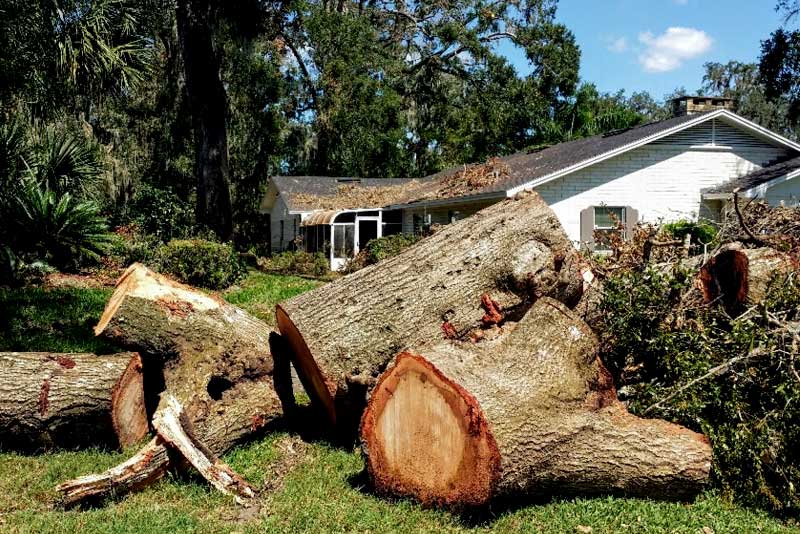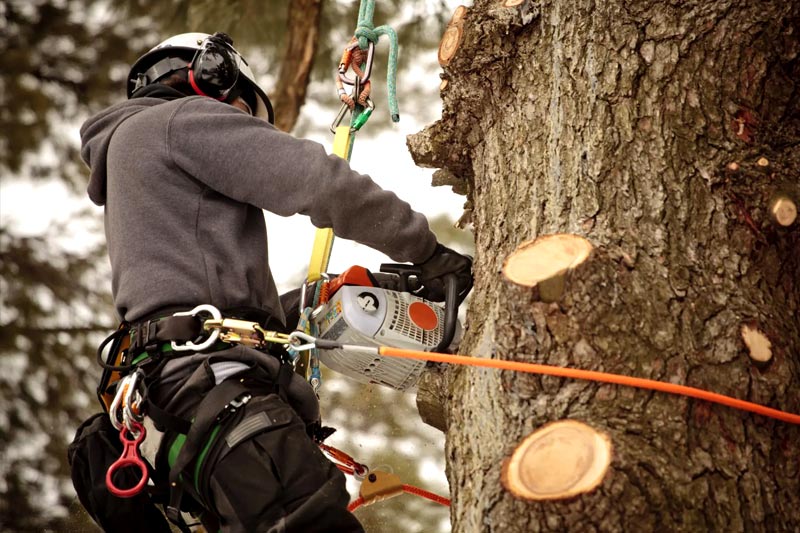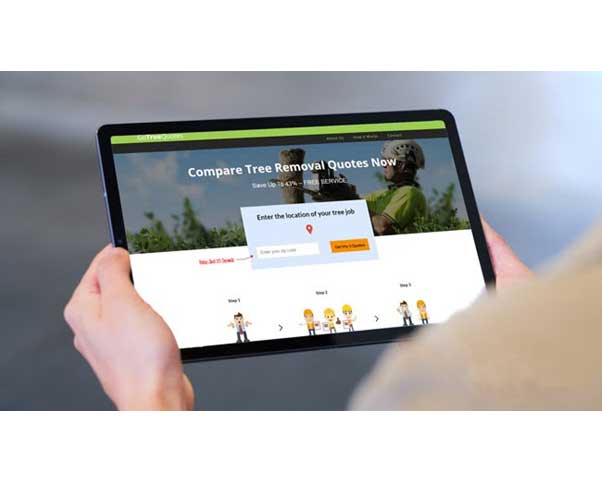Councils in NSW protect certain trees against removal with laws outlined in their Tree Preservation Orders.
Tree Preservation Orders is a document prepared by each local council that outlines the types of trees that can be removed and those which will need a permit from the council before tree removal can take place.
Large fines apply for the illegal removal of trees. If the tree happens to be significant or historical, you could pay between $10,000 and $100,000 per violation.

What we cover
ToggleProtected trees in NSW
Protected trees in NSW are selected based on the following criteria.
- Historical significance. Trees with historical significance are associated with a historical event.
- Aboriginal importance. Trees that are important to the Aboriginals are protected and cannot be removed without a permit.
- Botanical importance. Trees that have environmental significance are protected by law.
- Habitat. A tree or group of trees that are essential to a location is protected by law.
- Function. Trees with functional value are also protected.
Local authorities do not allow the removal of any trees that are listed as protected or significant. You cannot remove these trees even when they are on your property without a permit.
You may have to explain to the council when you need to remove a protected tree.
Some of the protected trees in NSW are Liquidambar, Coral tree, Camphor Laurel, and the Chinese and American Nettle trees.
Exempt trees and activities
Trees that you can remove without a permit are known as exempt trees.
Exempt trees must meet the following criteria.
- Height and foliage at least 5 meters.
- Trunk diameter minimum size of 300mm.
- Invasive trees.
While you may not need a permit to remove an exempt tree, you must confirm with the local authorities that the tree is not protected.
You can also consult a professional to assess the tree you want to remove and to inform on a tree’s protection status before removal.
The law prevents any groundwork around a protected tree. However, you can prune a protected tree when it is for the continued survival of the tree.
10/50 vegetation rule
It is a law that protects the property of people who live near bushland from fires that occur in hot weather.
If you live in areas at risk of bushfire, you can clear trees and vegetation that is 10 to 50m from the outer wall of your home without a permit.
However, you must meet the following conditions when removing trees and vegetation:
- You will not alter the soil profile when you remove trees and vegetation.
- You should not bulldoze, plow or burn the vegetation and trees to clear them.
- You cannot clear vegetation on a slope. The vegetation and trees help to prevent soil erosion in the area.
- You cannot clear vegetation and trees that are within 10m of a stream.
- You cannot clear vegetation within a heritage property.
NSW has online tools that can help you determine when the 10/50 rule applies to clearing trees and vegetation around your property.
You can also hire a professional to help you determine whether to follow the 10/50 rule.
The 10/50 rule applies only to the owner. If you lease land, you are not allowed to clear the land according to the 10/50 rule in NSW. You can only clear the land with instructions from the landowner
The 10/50 rule does not apply to a heritage site.
Before you clear land based on the 10/50, you will need to search. It helps identify whether your land is suitable for vegetation clearing.
If your neighbor’s land needs clearing, you cannot do it without consulting them. Or, you can report a hazard to the NSW emergency office.
You should always consider safety when pruning according to the 10/50 rules. To avoid accidents, you can hire professionals to do it for you.
Penalties for cutting trees without a permit
It is illegal to remove a protected tree from its location or your property without a permit from your local office.
A local court can charge you a maximum of $110,000 in fines. If the crime warrants that you are tried at the Land and Environment court, you may be charged up to $1.1 million.

When can you remove a protected tree without a permit?
- Likely danger. If the tree is dead and damaged and is a danger to those around it, you can remove the tree without the need for a permit.
- When the roots or top of the tree interfere with utility pipes and wires.
- When the tree is threateningly close to a building.
- When the trees block a boundary.
- When the branches overhanging.
- Your local council may also provide other conditions that allow you to remove the tree.
Factors that determine the cost of tree removal in NSW
There are different factors that determine the cost of tree removal in New South Wales. Here are some:
Cost of permit
Tree removal permits are not issued for protected trees. How much you pay for the permit increases the cost of removal.
DIY or hire a pro
Tree removal is a dangerous task to carry out by yourself. It is best to hire a pro to remove it for you. They have advanced tools for tree removal and they are trained and licensed to carry out the task safely.
If you have the skills and the tools to remove trees safely, you can opt to DIY. It saves you the money to hire removal pros.
Location
The location of the tree to be removed determines how much you will pay for removal. The more accessible a tree is the less time it takes to remove and the lesser you pay.
However, if your tree is too close to a building, electricity wires or its roots are near utility pipes, the harder it is to remove. Consequently, the more you will pay.
Size of the tree
The larger the tree the more you pay. Tree removal prices vary based on the size of the tree.
It costs more to remove a tall tree than a short tree. A tall tree will have more branches and will be stronger and older than a short tree.
Species of the tree
Some types of trees are harder to remove than others. Different species of trees have different features which determine ease of removal.
Depending on the tree species, they may have deep roots and strong wide trunks that make removal hard. You will pay more to remove such a tree.
Additional services
Once a tree has been removed, there are additional services you may have to pay for. They include trunk removal, debris removal, and cleaning.
Most tree removal pros charge trunk and debris removal separately. The more trees you remove, the more you will pay for the additional services.
Hire a pro for tree removal in NSW
Gotreequotes.com is a free tool to hire professional tree removal service providers.
It connects homeowners to professionals in the following easy steps.
- Enter your zip code at the top of the tool.
- Fill in the form to provide more details about the tree removal service you need.
- You will receive three or four quotes and advice from professional and licensed tree removal service providers.














